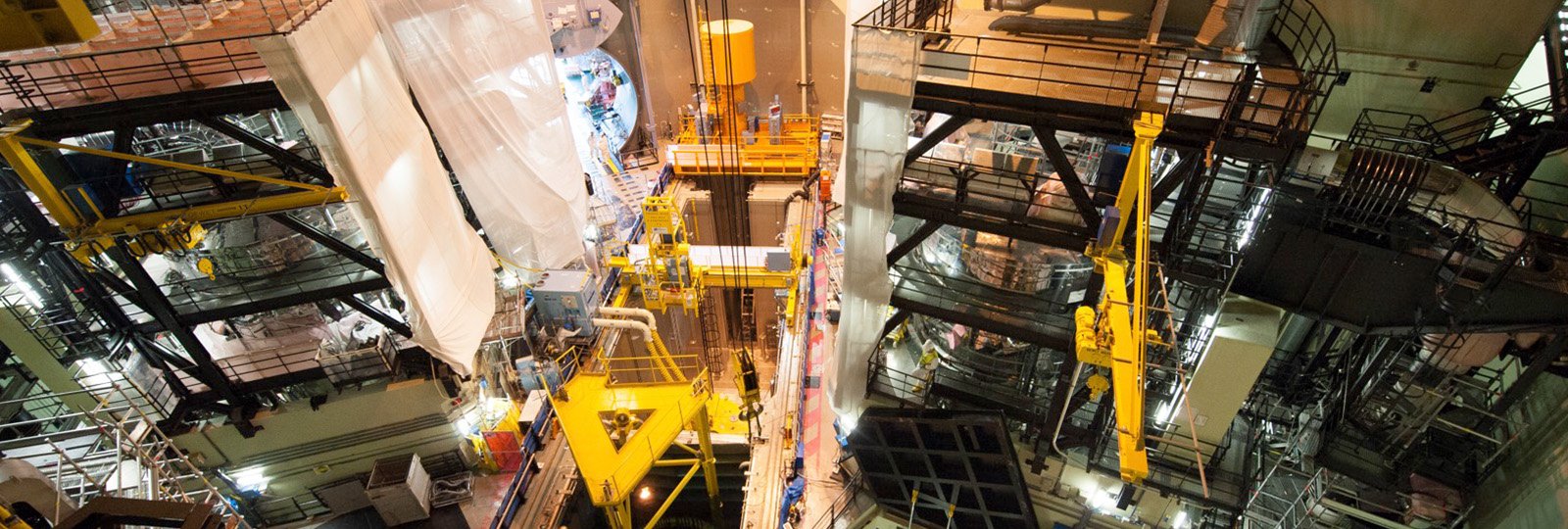
Relying heavily on model-based techniques for both inspection enhancement and model-assisted diagnostics, ADVISE must take ultrasound modelling on complex structures to a performance level compatible with online applications. Scattering formulations usable in semi-analytical codes, validated on full scale finite element modelling, will be instrumental to achieve this.
Model-based approaches are only as good as the input data permits. A main ambition of the project is therefore to use in-situ characterisation to adapt the structure definition to local variations. For welds, this innovative approach is facilitated using weld formation models, which provide a well-informed initial guess to begin with, and reduce the number of parameters for the inversion problem. ADVISE will also take up on the challenge to reconstruct the microstructure for bulk materials, in particular cast components.
ADVISE recognises that innovative transducers are an inherent aspect of its strategy. The project will explore novel SH wave electromagnetic-acoustic transducers, and for the first time apply Framatome’s new backing-less high bandwidth transducers on highly scattering structures. Another innovation consists in using coded signals adapted to the structure at hand.
The potential contribution of signal processing to improve signal to noise ratio and resolution motivates ADVISE to benchmark a number of emerging algorithms, in particular for the filtering of multiple scattering. ADVISE further innovates by taking these techniques to a performance level compatible with industrial applications, aiming an integration into the acquisition system.
This portfolio of innovative concepts is complemented by model-based diagnostics, where the richness of information contained in a full matrix capture acquisition is fully exploited, and adaptive techniques integrate information on the local geometry. ADVISE innovates beyond the state of the art by integrating in-situ information and carrying out appropriate parts of the calculations on-line. The overall ambition is to enable ultrasound inspection on structures for which the current technology encounters severe performance limitations.